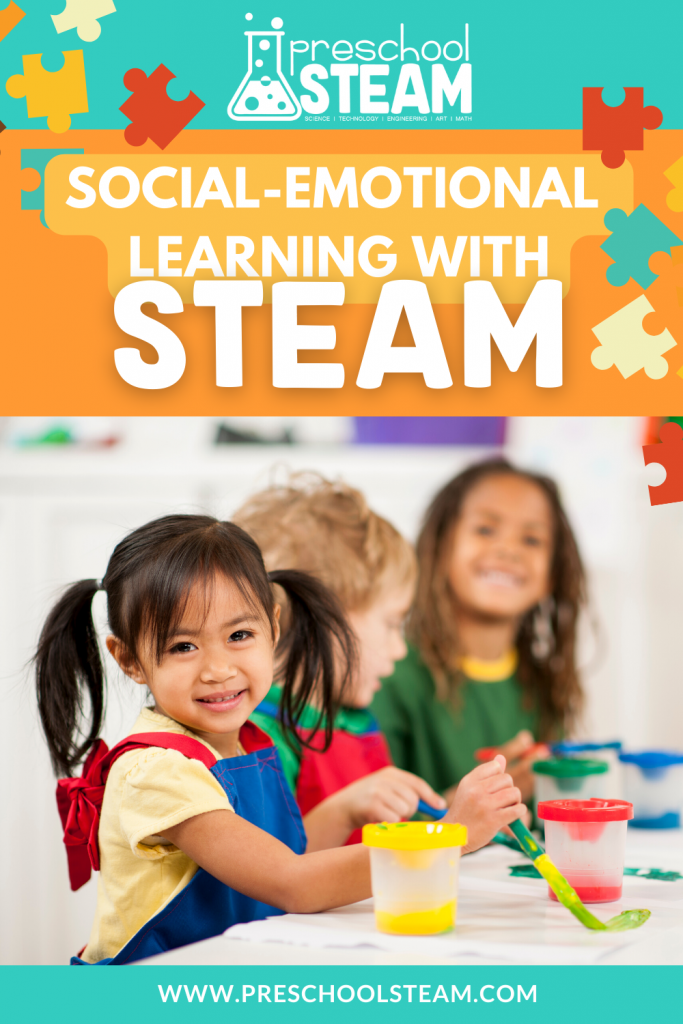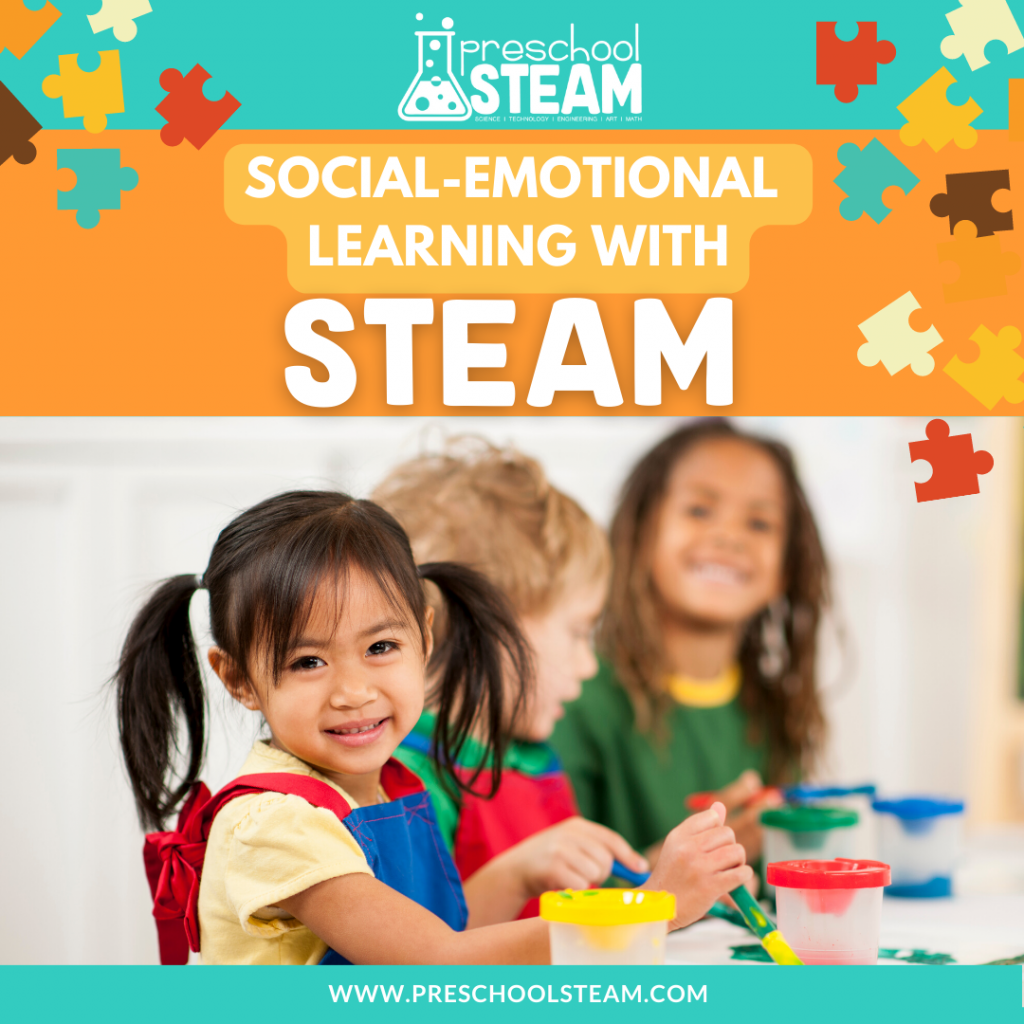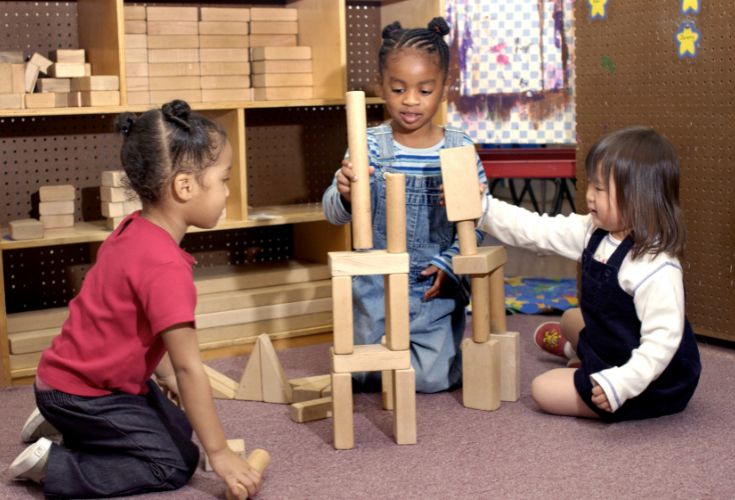Social-emotional learning (SEL) and science, technology, engineering, art, and math (STEAM) are both critical areas of development for young children. While they may seem separate, the truth is that SEL and STEAM are deeply interconnected and both play a vital role in helping children build important skills and succeed in school and beyond.
SEL is the process of learning how to recognize and manage emotions, develop positive relationships with others, and make responsible decisions. It includes skills such as empathy, self-awareness, social awareness, and relationship building. SEL is critical for helping children build the skills they need to navigate the world around them, build healthy relationships, and succeed in school and beyond.

At the same time, STEAM education is becoming increasingly important in our rapidly changing world. STEAM skills are critical for future success, and they help children build important skills such as problem-solving, critical thinking, creativity, and collaboration. When children engage in STEAM activities, they learn how to think outside the box, explore the world around them, and develop the skills they need to succeed in the 21st century.
But what many people don’t realize is that SEL and STEAM are deeply interconnected. By engaging in STEAM activities, children learn how to collaborate, communicate, and work effectively with others. They learn how to express their ideas and listen to the ideas of others. They develop empathy and an understanding of the world around them.

Similarly, SEL skills are critical for success in STEAM. Children who have strong social-emotional skills are better able to handle frustration, manage their emotions, and work collaboratively with others. They are better able to take risks and persevere through challenges, which is critical for success in STEAM.
So why is it so important to integrate SEL and STEAM in early childhood? The truth is that these skills are critical for future success, and they build the foundation for future learning. When children engage in STEAM activities that incorporate SEL skills, they learn how to work effectively with others, communicate their ideas, and build the skills they need to succeed in school and beyond. And when children engage in SEL activities that incorporate STEAM skills, they learn how to approach challenges creatively, think critically, and build the problem-solving skills they need to succeed in the 21st century.

SEL and STEAM are both critical areas of development for young children. By integrating these two areas of learning, we can help children build the skills they need to succeed in school and beyond. By providing opportunities for children to engage in STEAM activities that incorporate SEL skills, and by providing opportunities for children to engage in SEL activities that incorporate STEAM skills, we can help children build a strong foundation for future learning and success.


Leave a Reply